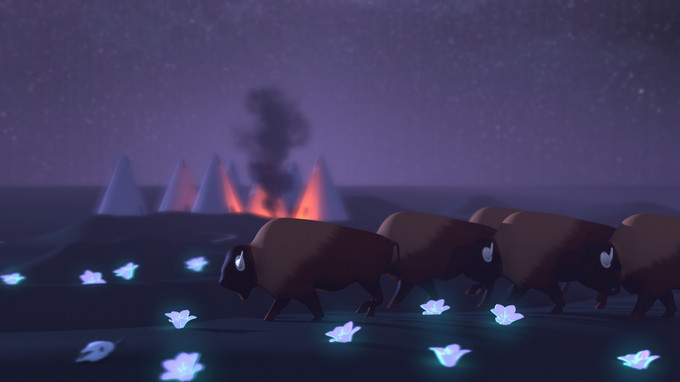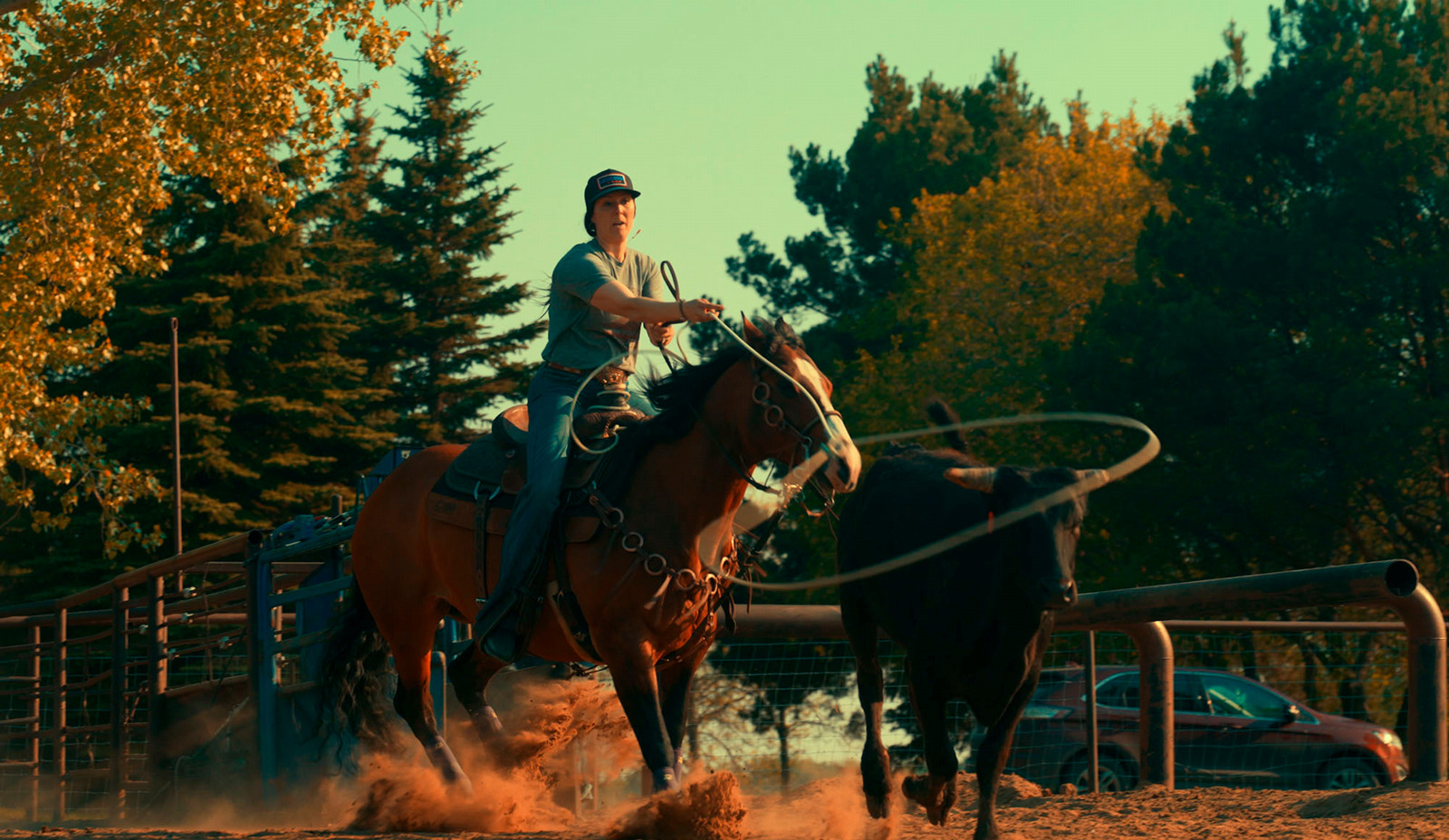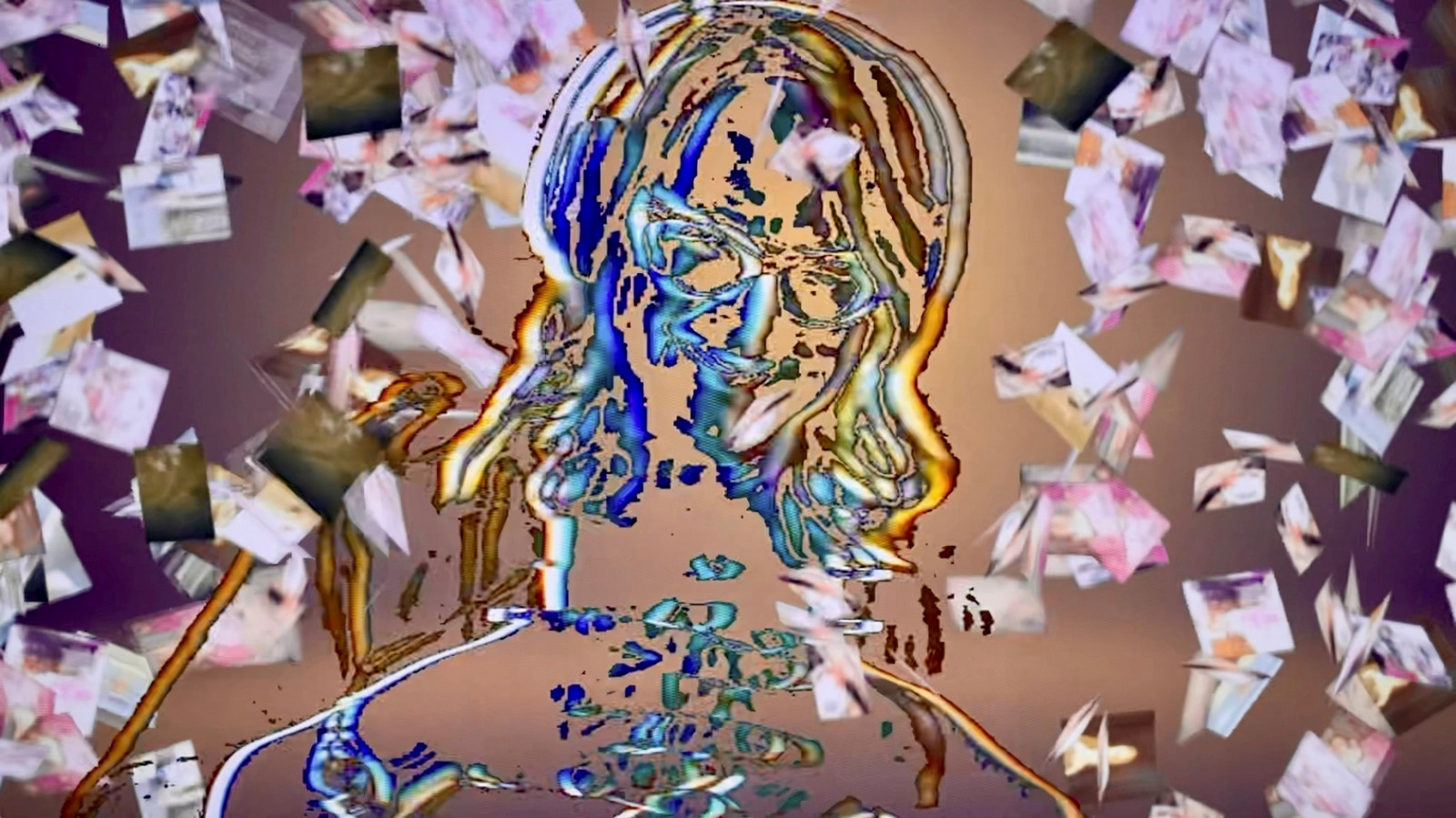This summer, a team of artists—including collaborators from the University of Regina—presented their augmented reality (AR) app, Buffalo Futurism, at the 25th imagineNATIVE Film + Media Arts Festival in Toronto, the largest Indigenous film and media arts festival in the world.
The team behind Buffalo Futurism includes U of R Creative Technologies and Design (CTCH & DES) assistant professor Evie Johnny Ruddy, recent CTCH graduate acâhkos calf child-dubois, First Nations University alumni Joely BigEagle-Kequahtooway, and artists René Dufour-Contreras, Taylor McArthur, and Kistin Ballantyne.
People are proud of our community, of Regina, and of having something of this magnitude exist here in the city. It’s one of a kind, and I’m proud of what we created together as a team —Joely BigEagle-Kequahtooway, interdisciplinary land-based buffalo artist and co-founder of the Buffalo People Arts Institute.
The project invites users to walk through Regina’s māmowimīwēyitamōwin Park, where tatanga (buffalo) roam freely through a digitally reimagined future. Blending storytelling and technology, Buffalo Futurism challenges colonial histories and reconnects users to the land and the truth behind the myth of the “disappearing” buffalo.
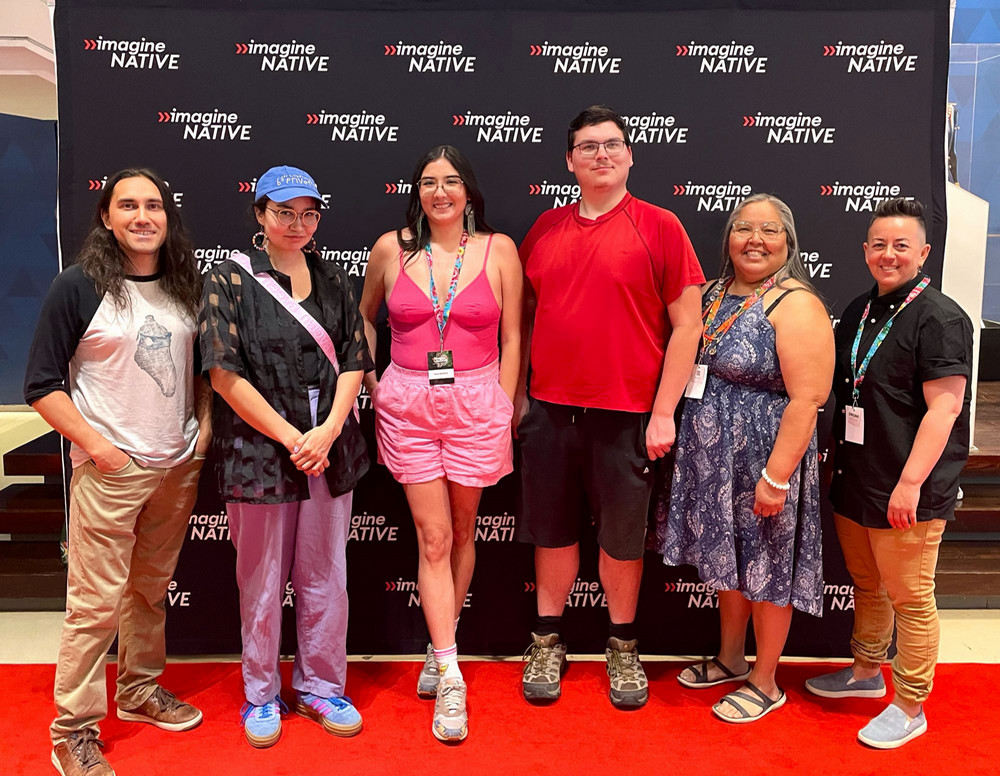
The Buffalo Futurism team at the 25th imagineNATIVE Film + Media Arts Festival. From left to right: René Dufour-Contreras, acâhkos calf child-dubois, Taylor McArthur, Kistin Ballantyne, Joely BigEagle-Kequahtooway, and Evie Johnny Ruddy. Photo credit: Lorne Kequahtooway.
Highlights From imagineNATIVE
Buffalo Futurism began as a local project, rooted in community and created specifically for māmowimīwēyitamōwin Park. Being selected for imagineNATIVE has given the team and their work a global stage, expanding the project’s reach. For the festival, Buffalo Futurism was temporarily geolocated to David Pecaut Square, a park in downtown Toronto a few blocks from the TIFF Bell Lightbox where imagineNATIVE took place.
“It blew my mind to think there was an opportunity to share our project further with a larger community,” says BigEagle-Kequahtooway. “It has been eye opening and really inspiring to be part of this high calibre group of artists.”
For calf child-dubois, the experience felt surreal. The festival brought together some of the world’s greatest Indigenous filmmakers and designers while also being a welcoming space for emerging artists. In addition to presenting their app, the team explored other artists’ work through Indigenous-led panels, workshops, and screenings. A standout for calf child-dubois was Atuatanga, a Virtual Reality (VR) game by Wiremu Grace created entirely in te reo Māori.
“Designing immersive experiences that do not accommodate English or commodified interpretations is a goal of mine,” says calf child-dubois. “It reminds the user that Indigenous Peoples can easily live in the future (and thus the present) without the need to assimilate.”
Reflecting on their experience at the festival, BigEagle-Kequahtooway says one of the biggest takeaways the team had was a renewed appreciation for collaboration. While some of the digital media projects were created by individuals or small groups, Buffalo Futurism represented one of the largest digital media teams at the festival.
“We were like a production company,” BigEagle-Kequahtooway jokes. “I didn’t realize it at first, I assumed everyone created their projects like this.”
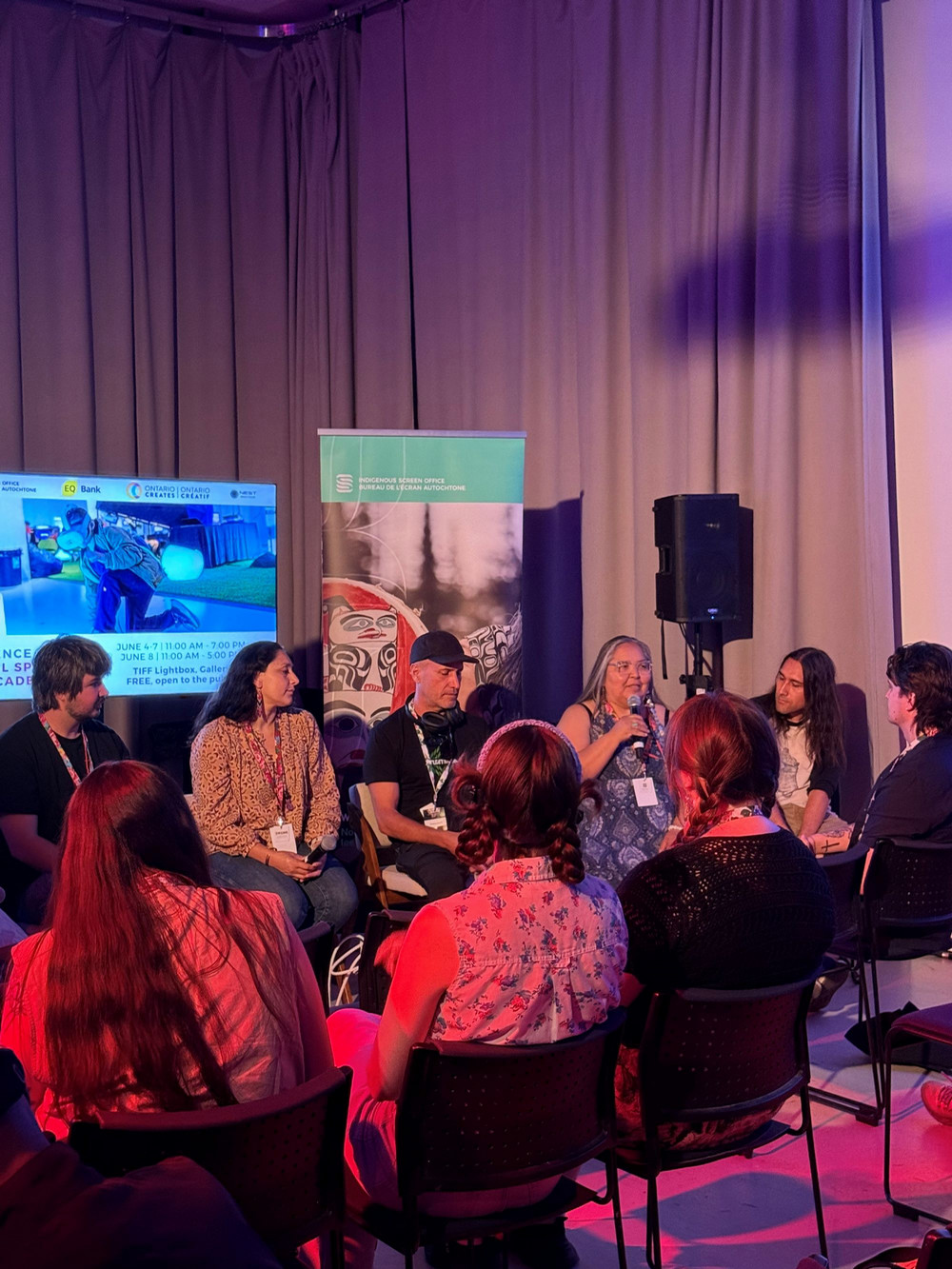
The Power of Collaboration
From the beginning, the project followed a design justice framework, an approach that practices meaningful community-led processes and disrupts harmful design practices. BigEagle-Kequahtooway guided the concept and story, while each artist maintained creative freedom and ownership over their contributions.
This was calf child-dubois’s first time collaborating on an AR project, and they took on the challenge of creating the 200-foot digital buffalo spirit that rises at the end of the AR experience. Through the process, they emphasized how powerful collaboration can be, especially when everyone is working toward a shared goal.
“It’s cool to witness how people with different skills can develop projects, and how easily labour can be shared when everyone is motivated by a deeper purpose, like liberation from displacement,” says calf child-dubois.
To Ruddy, inviting a CTCH student to join Buffalo Futurism was a natural extension of CTCH’s focus on experiential learning, where projects like this give students the chance to apply classroom knowledge in real-world settings, while working alongside both emerging and professional artists. The learning, Ruddy adds, went both ways.
“acâhkos is passionate about making a tangible difference in the world,” says Ruddy. “They’re a brilliant critical thinker and artist devoted to their community and language revitalization.”
Community collaboration was also central to the team’s process, and the support they received made a lasting impact. “What I hear is that people are proud of our community, of Regina, and of having something of this magnitude exist here in the city. It’s one of a kind, and I’m proud of what we created together as a team,” says BigEagle-Kequahtooway.
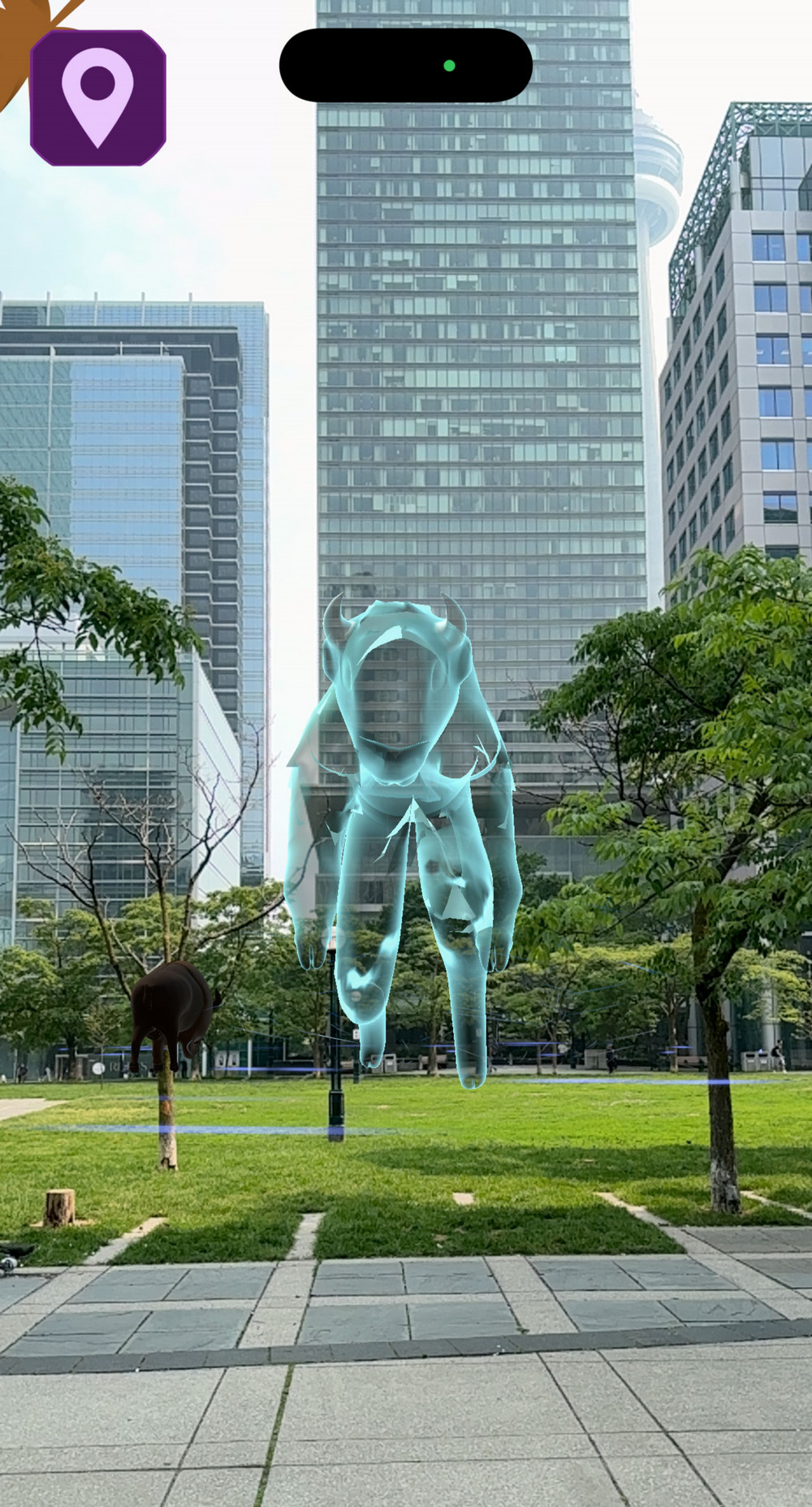
What’s Next?
The team has no plans to slow down. Inspired by their experience at imagineNATIVE, they’re already exploring new ways to expand Buffalo Futurism’s reach. A 30-page teacher’s guide—written by Ruddy in collaboration with BigEagle-Kequahtooway—is currently in development, and Regina audiences will have a chance to experience the project in person at Nuit Blanche in Victoria Park on August 30, 2025, with Sâkêwêwak Artists’ Collective.
Ruddy was recently awarded a 2025-27 Humanities Research Institute Fellowship and SSHRC Explore Award to build on the collaborative process of Buffalo Futurism and begin a new research creation project on queer, trans, and Two Spirit worldmaking in AR.
“I’m grateful to have worked with such generous, thoughtful, and talented artists. This began as an idea five years ago, and I’m grateful to Common Weal Community Arts for committing to it and to the other artists for taking it to a place that I never could have imagined,” says Ruddy.
Meet the Team
Joely BigEagle-Kequahtooway
Nakota/Cree/Saulteaux from the White Bear First Nations – signatory to Treaty 4
Concept and storytelling
acâhkos calf child-dubois
Anihšināpē-nêhiyaw-Siksika, Muscowpetung Saulteaux First Nation
3D Modeling
Evie Johnny Ruddy
Settler
Program Coordinator and Sound Editor
René Dufour-Contreras
Mestizo, Pipil-descended
Programmer, App Developer, UX Design
Taylor McArthur
Nakoda, Pheasant Rump Nakota Nation
3D Modeling, UI Design
Kistin Owanikiw Ballantyne
Cree, Peter Ballantyne Cree Nation
3D Modeling, Animation, UI Design
Learn more about Buffalo Futurism, watch the trailer on the Common Weal website, and download the app.
Banner Photo: Digital render by Kistin Ballantyne, 3D modeling by Taylor McArthur. Photo credit: Evie Johnny Ruddy.
About the University of Regina
At the University of Regina, we believe the best way to learn is through access to world-class professors, research, and experiential learning. We are committed to the health and well-being of our more than 17, 200 students and support a dynamic research community focused on evidence-based solutions to today’s most pressing challenges. Located on Treaties 4 and 6—the territories of the nêhiyawak, Anihšināpēk, Dakota, Lakota, and Nakoda peoples, and the homeland of the Michif/Métis nation —we honour our ongoing relationships with Indigenous communities and remain committed to the path of reconciliation. Our vibrant alumni community is close to 95,000 strong and enriching communities in Saskatchewan and around the globe.
Let’s go far, together.
